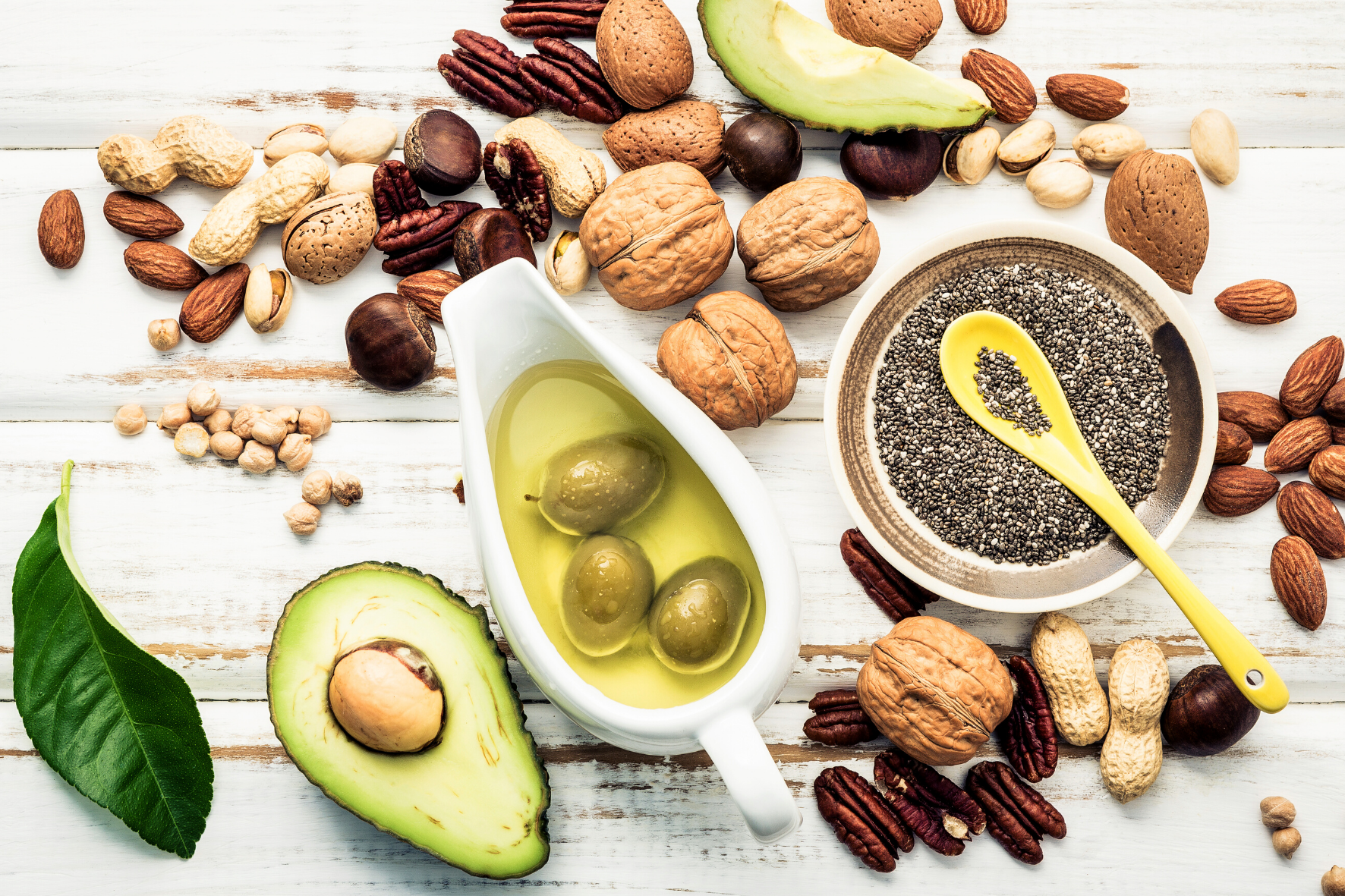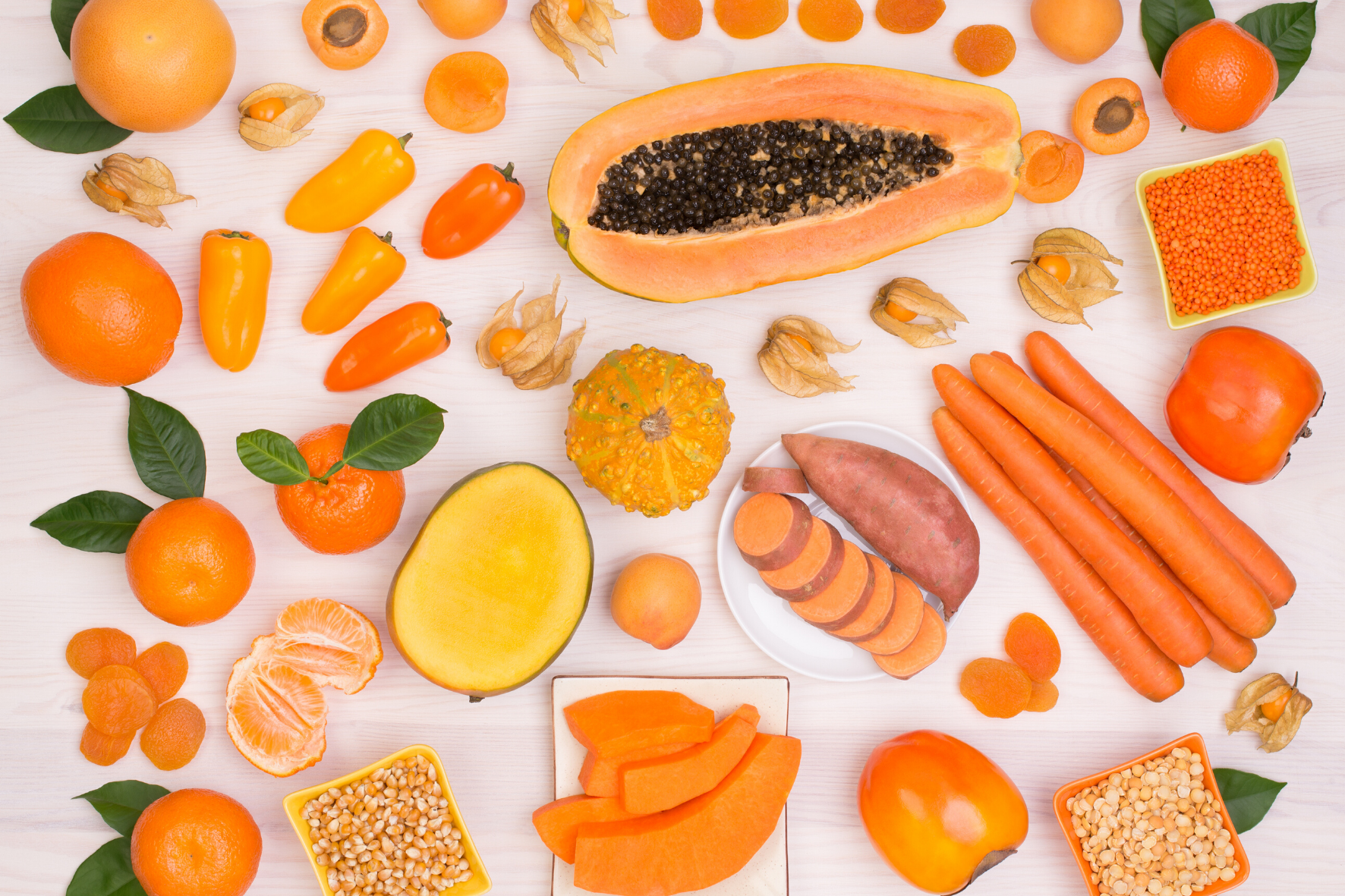How To BOOST Your Immunity Against COVID-19 if You’re Pregnant (Part 2)
Welcome to Part Two of my immune boosting mini-blog series. In Australia we have had a predominant drop in cases of COVID-19, which is a real testament to our implementation of social distancing and hygiene practices. Particularly, in Western Australia, we have had no new cases over the past couple of days and for the second time since moving here, I have found a silver lining in living in the world’s most isolated city (the first being the fact it’s quicker, easier and cheaper to fly to Bali from Perth)!
Over the coming months our government will begin to slowly ease social isolation laws and that means we may see an increase in new COVID-19 cases. Additionally, as winter approaches, continuing to be aware of immune nutrition is hugely beneficial for preventing seasonal cold and flu viruses. So, let’s get cracking in to my next top three immune boosting nutrients.
Zinc – aim for a source of protein with every meal and snack.
Zinc is an essential mineral that is often considered the “gatekeeper” of the immune system as it is required by almost all immune cells to function. Zinc is a first responder to infection, assisting in the building of new immune cells during an immune response and then plays a key role in shutting the response down before it spirals out of control (1).
Zinc is largely found in high protein foods such as red meat, poultry and seafood and vegetarians should source their zinc from cheese, wholegrains, beans (including soy), nuts and eggs.
Despite zinc being available in so many foods, over 1 in 3 males and 1 in 10 females have inadequate zinc intake and deficiency is most common amongst the elderly (2 out of 3) (2).
A large Cochrane review (highest level of scientific evidence) found that women of childbearing age may have mild to moderate zinc deficiency which may cause preterm birth (3).
Zinc deficiency is also very common amongst vegetarians due to zinc’s inherent absorption-blocking interactions with other plant based nutrients. Additionally, whilst consumption of alcohol is not advised during pregnancy, it is worth letting other loved ones know that excessive alcohol consumption interferes with nutrient absorption and zinc metabolism (4).
Zinc is especially important for male fertility as zinc boosts testosterone and cell division (meaning higher numbers of stronger, faster, healthier sperm) (5).
Currently there is no reliable way to test for zinc deficiency, so you will need a dietitian to assess your dietary intake, presenting symptoms and recommend an appropriate dietary or supplement strategy.
2. Vitamin C – not so effective if you start topping up AFTER you get sick.
Since the 1930s, when vitamin C was discovered, scientists and doctors have been recommending vitamin C supplementation to prevent and treat viral respiratory infections such as the common cold and flu. This is due to Vitamin C’s potent anti-oxidant effects on reducing viral oxidative damage (head back to part 1 of my immunity series to re-familiarise yourself with oxidative damage) (6).
Unfortunately this recommendation is overstated, as pointed out by a high quality Cochrane review, that found high dose vitamin C supplementation started AFTER the onset of cold/flu symptoms has no consistent effect on the duration or severity of illness (7).
However there is some good news yet. Regular intake of Vitamin C above 200 mg per day has a modest effect on reducing the duration of cold/flu symptoms. So whilst Vitamin C is unlikely to stop you from getting a respiratory virus, it will help you overcome it faster (7).
As Vitamin C is a water-soluble nutrient, consuming large amounts of it will not affect your health. However from a cost-saving point of view, excess intake will be removed from the body at your next toilet visit as vibrantly coloured yellow/orange urine. Best to get your Vitamin C from natural sources such as capsicum, orange, kiwi fruit, broccoli and strawberries.
3. Vitamin E & Vitamin A
I know I said I would only talk about six immune boosting nutrients but I’ve decided to be sneaky here and bring up a seventh. Vitamin E and Vitamin A have similar properties so it makes sense to talk about them together.
Vitamin E is a fat-soluble nutrient that is found in, you guessed it, oily foods such as nuts, seeds, extra-virgin olive oil and my all-time favourite – peanut butter. Vitamin E is another potent anti-oxidant that can stop viral oxidation, however it is different from the previously discussed Vitamin C and Selenium as it is fat-soluble. This means it is found in the fatty wall of immune cells where it helps protect our immune cells from viral destruction (8).
Vitamin A is also fat-soluble and plays a key role in protecting us from infection by supporting the integrity of our skin, respiratory tract and gut. These are the surfaces of our body that come into contact with the outside world and a perfect place for pathogens such as viruses to invade. Vitamin A is also involved in maintaining antibody production which is our immune system’s sophisticated attack against specific pathogens and remembering them for next time (9). Think Chickenpox – we only get infected once because our antibodies remember how to stop future infections.
The highest source of Vitamin A is found in liver as this is where all animals (including us) store this vitamin. However, Vitamin A is also found in impressive quantities in leafy greens and bright yellow/orange vegetables such as sweet potato, spinach, broccoli, pumpkin and carrot.
Unlike water-soluble Vitamin C that is easily removed in urine when taken in excessive amounts, fat-soluble Vitamin E and Vitamin A can easily build up to toxic and dangerous levels in fat and liver stores around the body.
Particularly for pregnant women, toxic build-up of Vitamin E and A can be harmful to the baby so it is not advised to eat liver or take additional supplements, rather to consume these nutrients from fresh whole foods instead (10) (11).
Looking for individualised advice?
The immune system is reliant on having adequate micronutrients (vitamins and minerals) available in the body as our immune cells require these nutrients to function and may cause depletion during a viral attack. However, in reality, we don’t eat nutrients - we eat food! So how do you put all this information together to ensure you are getting enough immune-boosting nutrition?
A full dietary assessment is the first place to start and then it’s all about implementing achievable, delicious meal and snack swaps to replenish nutrients that may be missing.
If you would like to learn more about how to incorporate immune boosting nutritious foods into your current diet and lifestyle, click the BOOK NOW button below to connect with me. We can continue to practice healthy social distancing by connecting via video or phone, right from the comfort of your own home.
References
1. Wessels I, Maywald M, Rink L. Zinc as a Gatekeeper of Immune Function. Nutrients. 2017;9(12):1286. Published 2017 Nov 25. doi:10.3390/nu9121286
2. Australian Health Survey: Usual Nutrient Intakes, 2011-12 https://www.abs.gov.au/ausstats/abs@.nsf/Lookup/by%20Subject/4364.0.55.008~2011-12~Main%20Features~Zinc~408#2
3. Ota E, Mori R, Middleton P, Tobe-Gai R, Mahomed K, Miyazaki C, Bhutta ZA. Zinc supplementation for improving pregnancy and infant outcome. Cochrane Database of Systematic Reviews 2015, Issue 2. Art. No.: CD000230. DOI: 10.1002/14651858.CD000230.pub5
4. King JC, Keen CL. Zinc. In: Shils ME, Olsen JAS, Shike M, Ross AC eds. Modern Nutrition in Health and Disease 9th edition. Baltimore: Williams & Wilkins, 1999. Pp 223-39.
5. Salas-Huetos A, James ER, Aston KI, Jenkins TG, Carrell DT. Diet and sperm quality: Nutrients, foods and dietary patterns. Reprod Biol. 2019;19(3):219–224. doi:10.1016/j.repbio.2019.07.005
6. Pavlovic, V., Sarac, M. A short overview of vitamin C and selected cells of the immune system. cent.eur.j.med 6, 1–10 (2011). https://doi.org/10.2478/s11536-010-0066-x
7. Hemilä H, Chalker E. Vitamin C for preventing and treating the common cold. Cochrane Database of Systematic Reviews 2013, Issue 1. Art. No.: CD000980. DOI: 10.1002/14651858.CD000980.pub4
8. Meydani, S.N., Han, S.N. and Wu, D. (2005), Vitamin E and immune response in the aged: molecular mechanisms and clinical implications. Immunological Reviews, 205: 269-284. doi:10.1111/j.0105-2896.2005.00274.x
9. Long KZ & Santos JL (1999) Vitamins and the regulation of the immune response. Ped Inf Dis J 18, 283 – 290.
10. Rumbold A, Ota E, Hori H, Miyazaki C, Crowther CA. Vitamin E supplementation in pregnancy. Cochrane Database of Systematic Reviews 2015, Issue 9. Art. No.: CD004069. DOI: 10.1002/14651858.CD004069.pub3
11. McCauley ME, van den Broek N, Dou L, Othman M. Vitamin A supplementation during pregnancy for maternal and newborn outcomes. Cochrane Database of Systematic Reviews 2015, Issue 10. Art. No.: CD008666. DOI: 10.1002/14651858.CD008666.pub3





